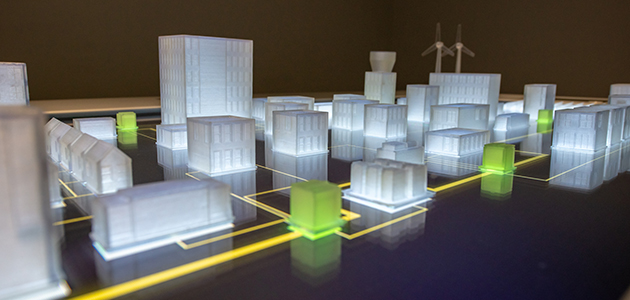The Distribution System Operator Transition
Back to Top
Because lighting was the primary thing for which people needed electricity, many once considered their electric bill “the light bill.” But this behind-the-meter world underwent a technological revolution, and electricity became the lifeblood of homes, businesses, hospitals, and places of learning.
A similar shift is occurring today, this time on the other side of the meter. A technological revolution is creating new forms of energy generation, storage, and other grid-enabling services that are changing the operation of the grid from a simple “generate-transmit-distribute” model into something more complex that, if properly leveraged, could deliver huge amounts of value to customers and the wider economy. That “if properly leveraged” part is the sticking point.
Traditional cost-of-service regulation, which financially rewards utilities for building new power lines and substations, is clearly not well-aligned with the rapidly changing needs of the grid and energy customers. The grid of the future will require a multitude of energy service providers trading electricity and grid-stabilizing services between each other and with the grid operator.
Today’s electric utility is being asked to embrace these new capabilities but is not being given a regulatory structure that would allow it to be profitable in pursuit of this future grid. As the utility grid changes in technology and services, so must the utility change in the role it is expected (and paid) to play.
The solution being implemented by a few countries and U.S. states is to change the role of the utility itself–moving to a distribution system operator (DSO) model. A DSO operates the grid like a marketplace, ensuring access to the services and creating outcomes that benefit customers and society. Essentially, the DSO will shift the utility away from its monopolistic roots toward more of a platform-operator role.
Existing DSO efforts will be closely watched to determine what works and what doesn’t and how effective solutions can be transposed to new markets. As with so many things these days, the market will leverage new technologies to deliver stunning increases in capabilities, but at the cost of ever-increasing market complexity.
In a recently released report, S&C discusses the DSO transition–where it’s being tried, how it will change the grid, and how to make this work.